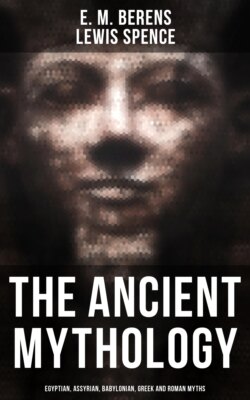Читать книгу The Ancient Mythology: Egyptian, Assyrian, Babylonian, Greek and Roman Myths - Lewis Spence - Страница 95
На сайте Литреса книга снята с продажи.
Shamash and Khammurabi
ОглавлениеWe find that Khammurabi was very devoted to Shamash, the early type of sun-god. His improvements and restorations at Sippar and Larsa were extensive. The later Babylonian monarchs followed his example, and one of them, Mili-Shikhu (c. 1450 B.C.) even placed Shamash before Merodach in the pantheon! The early connexion between Merodach and Shamash had probably much to do with the great popularity of the latter. That this was the case, so far at least as Khammurabi was concerned, is obvious from certain of his inscriptions, in which he alludes in the same sentence to Merodach and Shamash and to their close relationship. Khammurabi appears also to have been greatly attached to the cult of a goddess Innana or Ninni ('lady' or 'great lady'), who was evidently the consort of some male deity. He improved her temple at Hallabi and speaks of her as placing the reins of power in his hands. There was another goddess of the same name at Lagash whom Gudea worshipped as 'mistress of the world,' but she does not seem to have been the same as the Innana of Hallabi, near Sippar, as she was a goddess of fertility and generation, of the 'mother goddess' type, and there do not appear to be any grounds for the assertion that the goddess of Hallabi can be equated with her.
